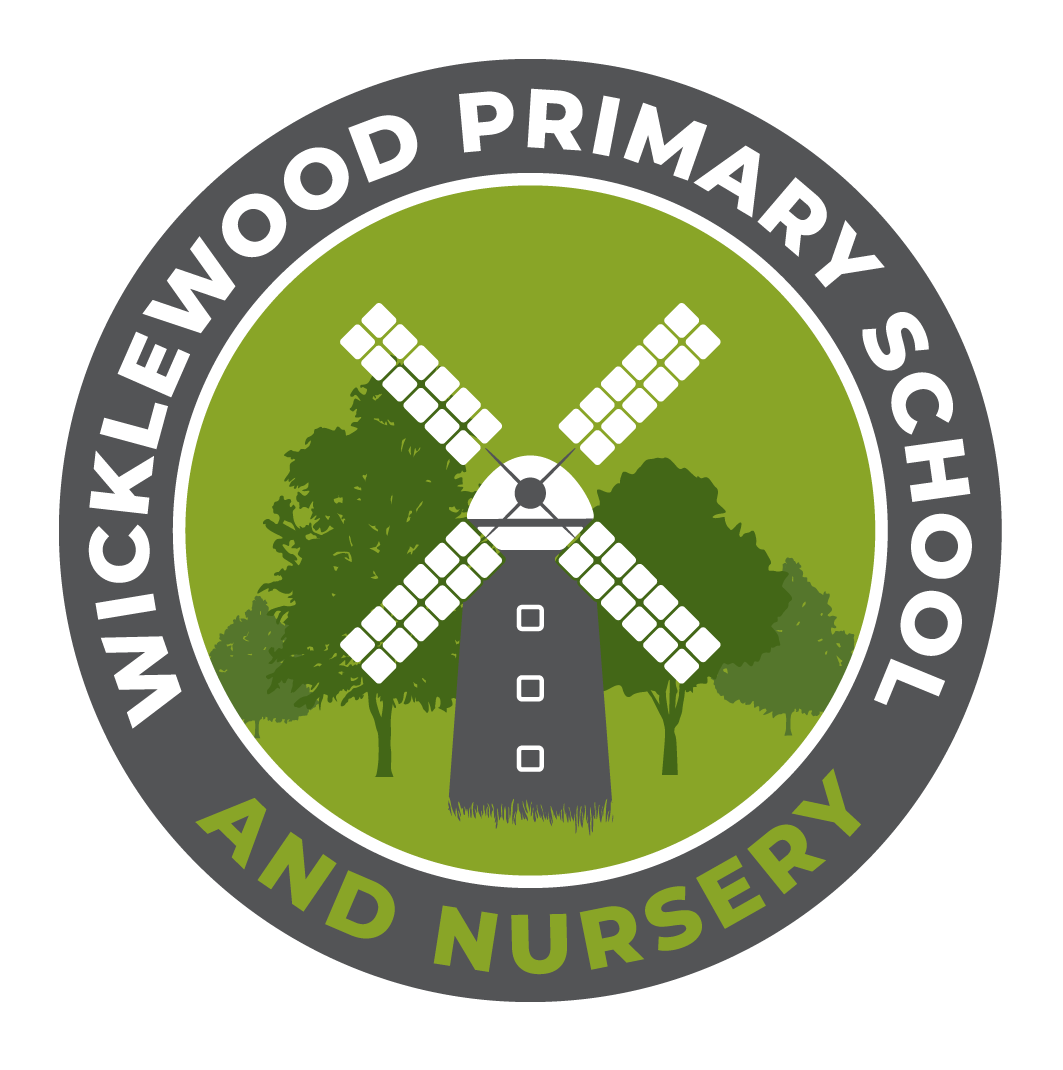Spelling
At Wicklewood, we use the Spelling Shed programme to support children as they build their use of vocabulary. Children need to learn spelling patterns and rules, statutory words, common exceptions and personal spellings and the Spelling Shed programme allows us to do this in a little but often structure, allowing the children to revisit and review their learning, as well as learning new strategies to apply in their writing. We chose this scheme, as it gives 100% coverage of the National Curriculum for Spelling and ensure that we actively teach the children how to spell rather than test them.
The EEF Improving Literacy In Key Stage 2 Guidance Report says:
“ Fast and accurate spelling of an extensive vocabulary is a key component of writing fluency. Many of the skills that support word reading will also support spelling, but spelling demands great specificity and has different motor demands. There is limited high quality evidence about how to teach spelling, but it is clear that spelling should be actively taught rather than simply tested.
Phonics provides a foundation for effective spelling, which can be applied alongside other strategies such as focusing on morphemes. By analysing the types of spelling errors pupils make it is possible to provide support specific to their needs. The report goes on to identify the most common spelling errors as being phonological, orthographical or morphological.
What is included in a Spelling Shed 2022 lesson?
Each lesson has a main objective from the National Curriculum appendix for spelling. This may be split across multiple bullet points.
At our school, each class has a stand alone spelling lesson of at least 30 minutes a week and an additional spelling warm-up activity further in the week to consolidate their learning. The Spelling Shed scheme is flexible to fit our timetables and is closely linked to Read, Write, Inc phonics strategies.
Each lesson…
- a set of words is provided, these words are examples of the spelling patterns
- has main teaching inputs, which can then be followed up with additional activities that can be carried out immediately after the input during an extended session or revisited throughout the week in order to consolidate the learning further.
- contains a revision section which should last approximately 5 minutes. Children will revisit sounds and spelling patterns from earlier weeks in the scheme.
- has elements of the key areas below embedded in its core.



